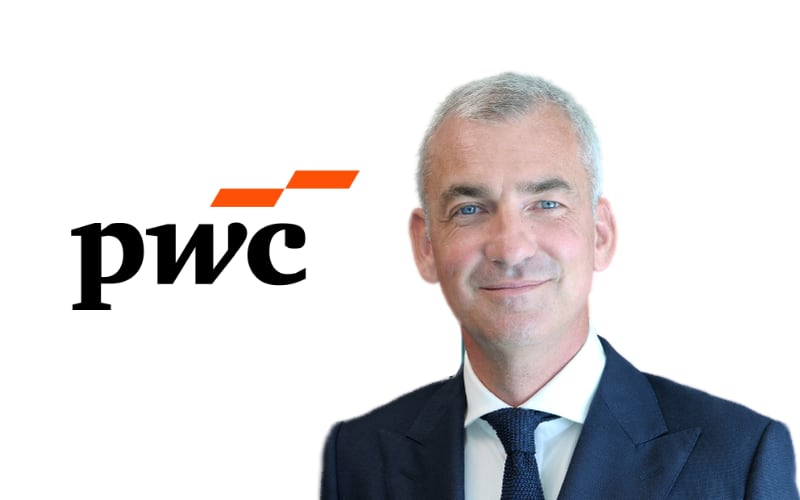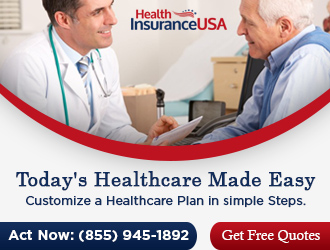
The insurance and reinsurance industry is facing historically high pressure to reinvent its business model in order to stay relevant, according to PwC, and as you might expect capital, how it’s managed and how it’s deployed, as well as its efficiency, is seen as a catalyst for growth.PwC has set out a call for industry transformation and a vision for the future of reinsurance, saying that a new Fund and Insure model could reap dividends for the industry.But those companies that fail to continuously improve, transform and adapt could be left behind, while capital agnosticism is set to be a key trait of the reinsurer of the future, PwC’s report implies.Arthur Wightman, territory and Insurance Leader, PwC Bermuda, said, “The next decade will redefine how we fund and insure the world’s most critical industries.
“The future of re/insurance lies in its ability to orchestrate, not just underwrite, resilience—empowering businesses to thrive amid complexity, as megatrends like climate change and technological disruption reshape the scale and nature of industry reconfiguration.” Matt Britten, Partner, PwC Bermuda, added, “Our report identifies four urgent structural gaps that threaten re/insurers ability to serve increasingly complex and interconnected risks: the protection gap, the resilience gap in infrastructure and systems, the talent gap in emerging capabilities, and the funding gap for climate and transition-linked risks.Addressing these four gaps is as – if not more — critical as managing today’s underwriting and pricing challenges.” There is a reputational risk for the insurance and reinsurance industry if it fails to keep up with the pace of innovation and development, so adapting business models to better respond to the needs of clients as new risks emerge and existing risks evolve will be critical.In order to stay relevant, PwC says that the reinsurance industry must address those they protect, how they build resilience, deploy capital and build expertise.
Interestingly, PwC calculates a business model reinvention pressure index (the BMR Pressure Index) that tracks early signs of stress on the business models of sectors.The company fins that some 17 out of 22 global sectors are currently experiencing the highest levels of reinvention pressure seen in 25 years.The insurance and reinsurance industry currently ranks second-highest, which PwC is driven by a range of compounding risks and threats, such as climate change, cyber, and geopolitical instability.
Which leads the company to say that, “The redistribution of market share in financial services will be significant with PwC estimating that reinvention moves across financial services could lead to a US$604 billion shift in market share in 2025 alone.” Against this backdrop, PwC is calling for the industry to embrace the Fund and Insure model, on which it says, “Capital is a vital catalyst for growth.How it’s deployed, managed and insured must evolve along with the industries it serves.” Adding, “As a critical enabler of other domains, the Fund and Insure domain is fertile ground for cross-sector collaboration among non-traditional partners, providing them with new, more efficient models for capital allocation and financial services.Inventing such models means rethinking not only how and where capital is deployed, but who deploys it—and conceiving of capital allocation as a domain of growth unto itself.
“Winning companies will reimagine their roles as allocators of capital, much as traditional banks did a decade ago, when insurers, asset managers, tech giants and others began offering private credit.” PwC expects that over the next decade companies will continue to reinvent business models and form partnerships to participate in emerging growth opportunities, which will deliver new opportunities for capital deployment, into and around the insurance and reinsurance sector.We’re already seeing this, with the growing insurance-linked securities (ILS) sector and reinsurance firms use and management of third-party capital, as well as the growing wave of interest and activity involving large investors from the private equity and credit world in life, annuity and casualty risks.PwC says, “Those prospects are likely to draw in players from non-financial companies, as well.
With trillions of dollars of excess capital on their balance sheets, non-financial companies are well-positioned to develop and deliver alternative offerings within the Fund and Insure domain.” PwChas modelled out the potential value-add that the Fund and Insure domain could contribute as it reinvents, which it sees as up to $17.04 trillion in gross value added by 2035, depending on how potential disruptions such as climate and technology unfold.“This positions reinsurers at the heart of a new financial ecosystem—one that demands agility, innovation, and cross-sector collaboration,” PwC believes.“Fund and Insure stands out as the financial backbone of the future economy—supporting capital allocation, risk management, and transaction enablement across sectors such as mobility, energy, and healthcare.” One area of opportunity is seen as around proactive and predictive insurance, where PwC believes that reinsurance and alternative capital providers that facilitate access to capital markets and offer expertise managing financial risks could have an edge.
“Consider, for example, the $115 billion in alternative capital — nearly a fifth of global reinsurance capacity — now flowing through vehicles such as insurance-linked securities, catastrophe bonds and sidecars,” PwC states.“Behind this surge is a more diverse and international investor base, including pension funds, sovereign wealth funds and asset managers.At the same time, digital platforms, smarter risk models and clearer regulations are opening up access to reinsurance markets.” A “flurry of reconfiguration” within the industry is providing new opportunities and presenting challenges, PwC notes.
“Underwriting tomorrow’s risks—digital, physical or systemic—will require a more integrated, data-driven approach.Capital, data and technology must be mobilised together.From smart underwriting in cyber and climate to collaborative platforms for risk transfer, the future of insurance lies in its ability to orchestrate, not just underwrite, resilience,” PwC further explains.
The role of reinsurers, acting capital shock absorbers and stabilisers, is becoming ever more prominent in a world of growing and more interconnected risks, while ILS markets are now providing a meaningful share of capacity in the space.Capital partnerships, aligned third-party capitalised reinsurance structures, blended business models that integrate ILS strategies within re/insurance, are all going to be critical for the sector as it evolves.With a transformation happening that is particularly rapid in the technology space, how the re/insurance industry embraces this and uses it to enhance its business models and make its capacity more efficient and lower-cost will also help it to maintain relevance.
PwC’s report suggests capital agnosticism and openness to capital partnerships is going to be a key piece of the reinsurer of the future.What is going to be interesting is seeing how the evolution happens and where in the market chain entrenched and vested interests hold it back, as they look to grow ownership and put up barriers to entry and disruption.To us, the entrenched and unwavering allergy to change that some parts of the re/insurance industry exhibit at times is actually the biggest threat.
Failure to adapt and evolve how the market structure and value-chain works will reduce not enhance efficiency and the re/insurance industry cannot meet the needs of society without keeping pace with other sectors.That could leave it open to a more meaningful disruption in future, or more simply see it scored poorly by society on critical issues such as its ability to narrow protection gaps, hence the reputational risk we mentioned at the start.Navigating the future is not going to be easy, there are many risks that will be faced on the way.
But we wholeheartedly agree with PwC’s observation that this evolution is underway and accelerating, meaning the insurance and reinsurance industry needs to keep pace.But also that its relevance and value-add to society can be greatly magnified through successful evolution of business models, adoption of advanced technology, embrace of capital efficiency and capital in all its forms, as well as a focus on nurturing and attracting talent to take the reinsurance industry into the future in an even more healthy state..All of our Artemis Live insurance-linked securities (ILS), catastrophe bonds and reinsurance can be accessed online.
Our can be subscribed to using the typical podcast services providers, including Apple, Google, Spotify and more.
Publisher: Artemis








